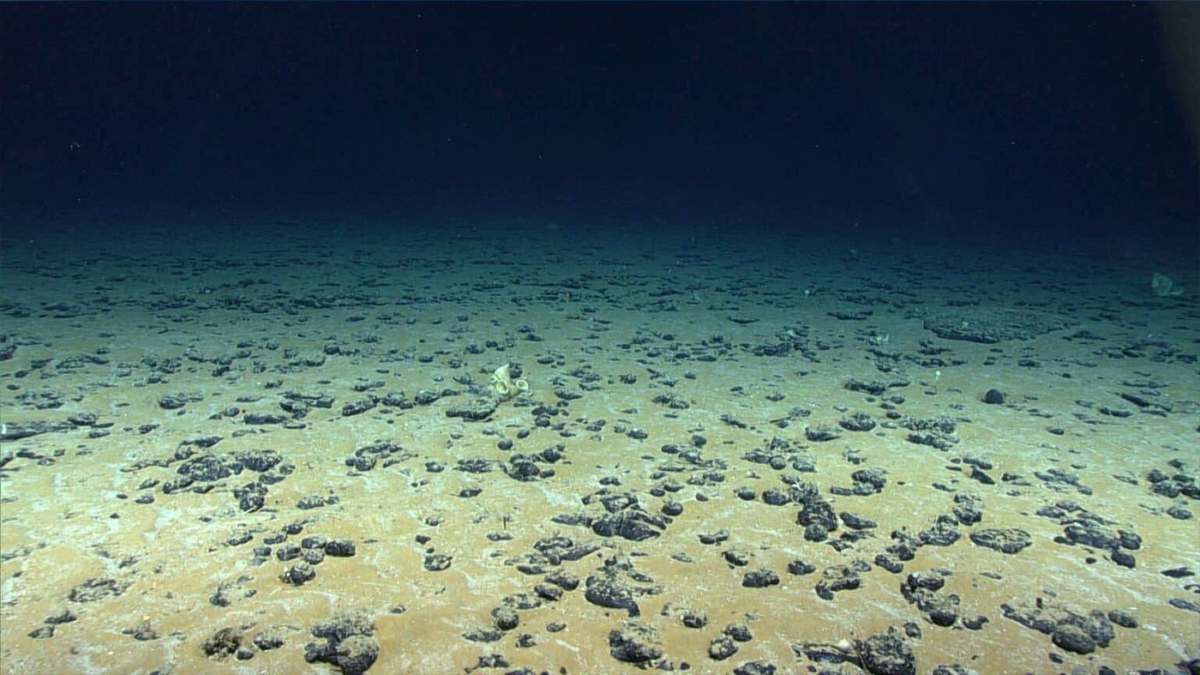A New Energy Dawn from the Sea
Imagine discovering a vast treasure hidden beneath the ocean, a source of clean energy that could reshape the future of Europe. This treasure isn’t gold or silver; it’s the potential of green hydrogen. With the North Sea’s powerful winds and strategic positioning, it stands to become a crucial player in the continent’s energy transition.
The North Sea is catching global attention for its many advantages. With strong and consistent winds and relatively shallow waters, it possesses everything needed for large-scale offshore wind farms. These farms have the potential to generate up to 300 gigawatts of electricity, opening the door for clean hydrogen production through a process known as electrolysis.
Electrolysis splits water molecules, producing hydrogen without carbon dioxide emissions. This clean energy solution could be vital in replacing fossil fuels across various sectors, including industry, transportation, and heating.
Innovative Solutions for a Greener Future
The push for clean energy is further bolstered by innovative technologies such as the Windcatcher system. This floating wall, equipped with multiple turbines, allows for better wind energy capture, significantly boosting output and reducing costs.
When paired with the wind energy generated at sea, these advancements could empower Europe to produce up to 45,000 tons of green hydrogen annually. However, realizing this potential requires building a robust and well-organized industrial infrastructure.
Navigating Challenges on the Path to Success
Despite the promising outlook for green hydrogen, scaling up production remains a complex challenge. Currently, few projects exceed the initial stages. The hurdles are numerous: high upfront costs, bureaucratic delays, and a lack of common standards among countries create obstacles to progress.
Each member state is moving at its own pace, driven by individual priorities and regulations. Consequently, coordination often falters, hindering tangible project implementations. In light of the urgent climate crisis and the need for energy independence, swift action is essential.
To harness hydrogen as a critical lever for transition, Europe must align its regulations, boost investments, and stimulate research. A cohesive approach is crucial for advancing these initiatives.
Can Europe emerge as a global leader?
If all efforts materialize, Europe may evolve into a global benchmark for green hydrogen production. This transition would alleviate dependence on imported fossil fuels, enhance energy security, and promote sustainable growth.
The North Sea, historically tapped for hydrocarbons, could soon open a new chapter—with clean, renewable energy at its core, marking a significant shift in its future potential.
Uniting for a common goal
Hydrogen presents a unique opportunity to accelerate ecological transition. However, bringing this vision to life demands strong decisions, appropriate resources, and shared determination.
With vast resources and expertise at its disposal, Europe now stands at a crossroads: will it transform this promise of green energy into a tangible reality? Your thoughts matter! How do you envision the role of green hydrogen in our future? Share your insights in the comments below and let’s spark a conversation about our collective energy destiny.
